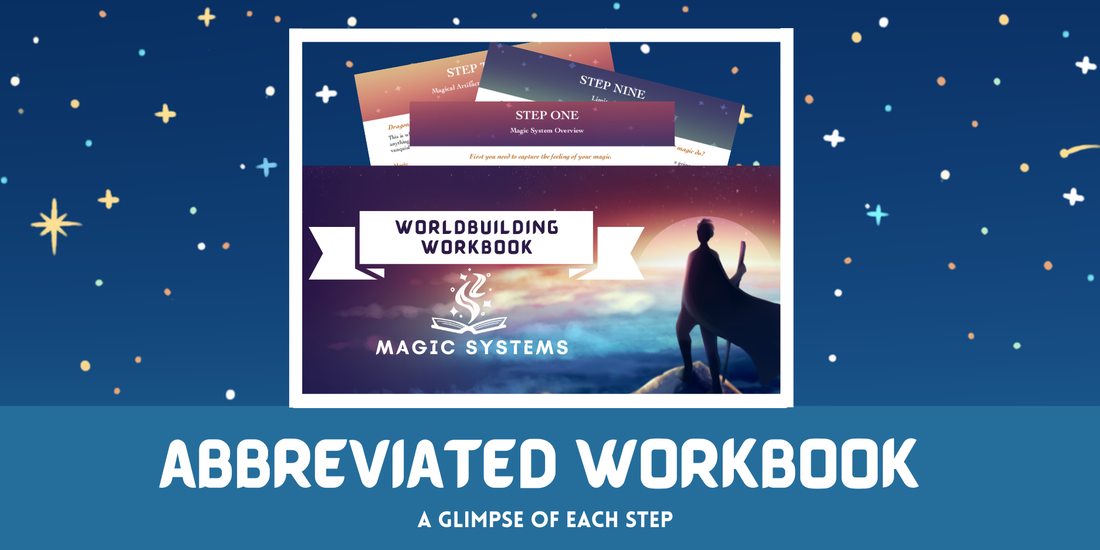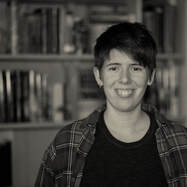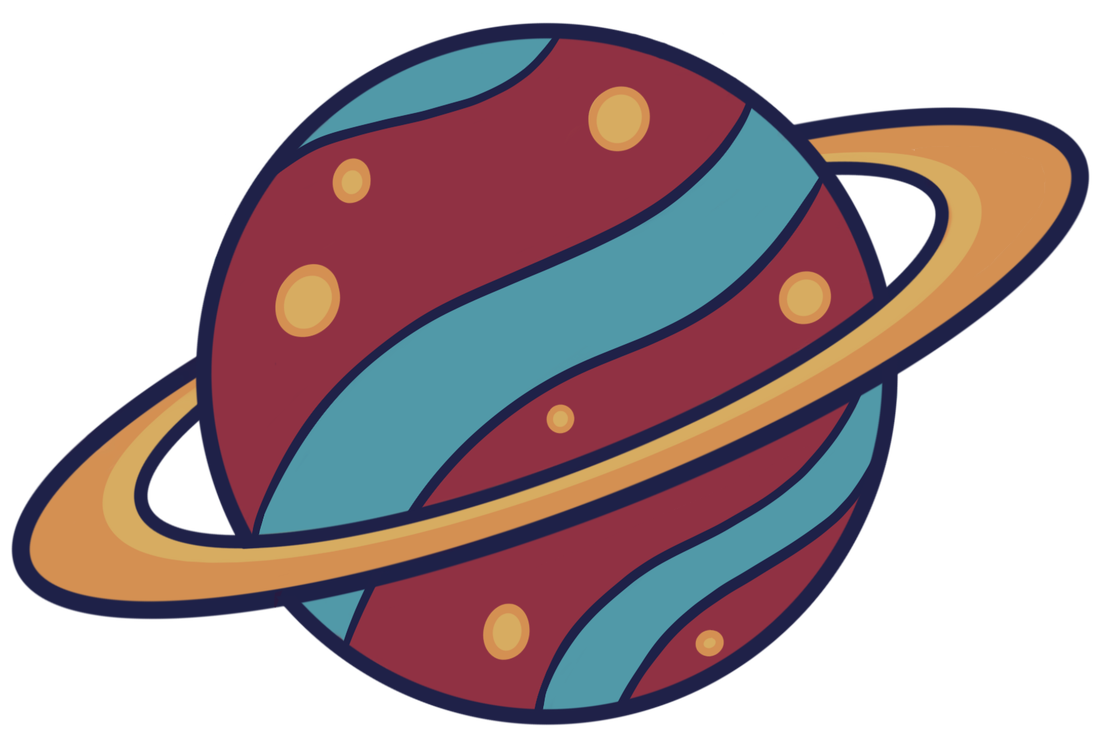“Power swirled through their veins, burning tracks down their spine and bursting through the cracks in their mind.”Magic. It’s one of the defining characteristics of the fantasy genre. A writer has unlimited possibilities to choose from when building their world and the magic that shapes it. Flying. Shapeshifting. Characters wielding fire or healing with a touch. Magic potions and runic spells. Demon magic and necromancy. Witch marks and superheroes. This is an abbreviated blog post of my booklet guide to creating a magic system. Sign up to my blog mailing list (to the right) to get a downloadable PDF of the complete booklet, which goes into a lot more detail on each step, with a ton of room dedicated to examples and ideas to get your juices flowing. Or, if you'd prefer, keep reading this post for the highlights. Either way, hopefully by the end, you have a working draft of your magic. Let's make some magic...Step One: Capturing the FeelingBefore we do anything else, take twenty minutes right here to do a free-write on what you want from your magic system.
Step Two: Choosing a ClassIn my mind, magic systems fall into two major classes: Ability-Based and Spell-Based.
Like I mentioned in Step One, your choice should depend on the story you want to tell.
Step Three: ThemeOnce you know the class of your magic system, you need to consider its theme. This is where that free-write about the feeling of your magic is going to come in. Look at what you came up with. The emotions you wanted to evoke. The atmosphere. This is going to become your theme.
Your theme is there to limit your magic. It will keep your system from feeling arbitrary, and will enhance the overall feeling of your world. It’s going to help you focus your abilities, powers, and limitations to create a unique system. Step Four: Hard or Soft SystemSome authors prefer to keep their magic shrouded in mystery and mysticism, while others love to lay out the rules and possibilities of their system with as much detail as a scientific experiment, with histories, theories, and runic charts in the back of the book (looking at you, Sanderson). Most systems are somewhere in the middle of the scale. You need to decide where you want yours to fall. While deciding, consider Sanderson’s First Law of Magic: “An author’s ability to solve conflict with magic is directly proportional to how well the reader understands said magic.”
Step Five: Your Magic's SourceWhat is the origin of your magic? Power has to come from somewhere, assuming your world follows the laws of basic physics (which it doesn’t have too, but I would recommend having some sort of accepted laws of reality). A few things to think about:
Step Six: Powers & AbilitiesI’m sure you have some ideas already, but now is the time to solidify what powers your magic grants or what spells your characters cast. Stick to Your Theme: The most important thing here is to limit your powers with your theme. If you don’t, you’ll loose the theme completely, and your system will feel arbitrary and overused. Try brainstorming a list of powers or abilities that could fall under your theme. Note that this is the same if you are designing a spell-based system of magic or an ability-based system.
Here are some other questions to consider:
Step Seven: Casting Your MagicWaving a wand, drawing a runic spell, gathering your will, burning metal, singing the right notes, or speaking an objects true name. Whether it’s with a thought, a gesture, speech, or a material object, there are as many ways of casting a spell as there are spells to cast. Consider Your Theme and Story: The important thing here is to find how your characters use magic: what fits with your story, theme, and characterization? Will your characters cast spells against the forces of evil on a desolate battlefield, or will they use rituals and herbs to heal the sick in a wooded cabin, or sing their magic into being to cast illusions for the royal houses? An elaborate ritual won’t be very useful for a battle mage or a spy embedded in a foreign government. Step Eight: Magic UsersYou know what your magic can do, you know its source, and you know how it’s harnessed. Now you need to decide who has power. Consider Your Characters and Story: how do those who use magic see themselves? How are they seen by others? Here are some questions for you to consider:
Consider Your Theme: go back to the feeling of your magic. What is it? What type of person fits into it? What kind of world does your magic exist in? Is it hidden and mysterious or built into the very fabric of your culture and civilizations? Step Nine: LimitationsConsider Sanderson’s Second Law: Limitations > Powers.
You build your limitations by determining the Rules, Cost, and Weaknesses of your magic. They may seem similar, and in some ways they overlap, but it’s important to consider each separately to build a complete system of magic.
Step Ten: Extrapolation & OrganizationGo deeper, not wider: a magic with unlimited power can be fun to play with, but it could be more unique to have a magic with a small collection of powers, that are each explored in depth. Remember Sanderson’s Third Law of Magic: “Expand what you already have before you add something new.”
Step Eleven: Name of MagicThere’s a lot to consider when naming your magic: here are a few questions to ask yourself.
Consider your theme, or an element of your theme: what is the main focus of your magic? Does it have to do with fire? With metal? With wood or plant growth? Whatever it is can help you decide your names and terms.
Just Like Magic! |
| Megann is a speculative fiction editor, writer, and artist specializing in fantasy, science fiction, and basically anything with magic. Or dragons. Or starlight and spaceflight and gods that walk the worlds. She has a children's book published (co-authored with her sister) titled Bellow of the Beast, and she is in the middle of writing her first full-length fantasy/sci-fi novel. |
0 Comments
Leave a Reply.
|
Subscribe and get a free worldbuilding booklet!
-categories-
All
|





 RSS Feed
RSS Feed
